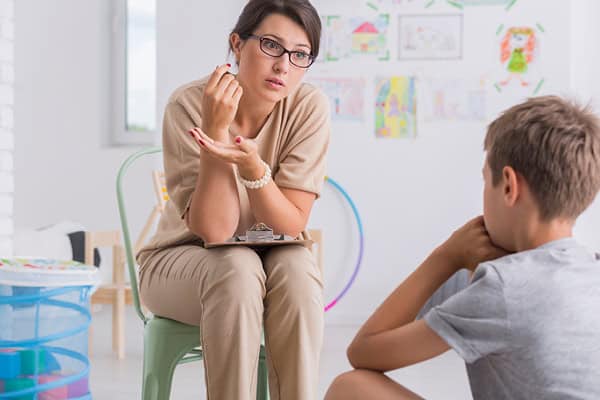Ask an early educator to explain the science of reading, and phonics will likely headline the response. But phonics, and its emphasis on word recognition, covers only part of the reading-proficiency puzzle. Oral language skills are equally important, according to Education Week.
Yet, too often, oral language skills are not getting the emphasis they deserve in early education classrooms, say literacy experts.
Education researcher Sonia Cabell says, “There is a straightforward way for teachers to improve the oral language skills of young learners, starting as early as preschool: Engage in meaningful one-on-one conversations with students throughout the school day. They don’t have to be long or complicated. Time-strapped teachers can have these interactions with students in as little as a minute but can have long-lasting, positive consequences.
“Why do teachers have to focus on oral language development? It really is about gaining exposure to the more formal language used by teachers in the classroom—language to which children need exposure to read and write proficiently.
“The benefits of going back-and-forth and having multi-turn conversations, some call them ‘serve and return,’ is well-documented in the literature. The idea is that you’re building on what students say and then providing them with another opportunity to be an active participant in the conversation.
“Try to have five conversational turns with a student: I say something, you say something, and so on. It doesn’t take very much time. Each of these conversations takes about one minute of instructional time, but they accomplish a lot.
“What tends to happen [in typical interactions] is that the teacher asks a question, the student says something in return, and then the teacher stops the conversation by saying something like: ‘Good job!’ Most teacher-student conversations stop at that third turn.
“If the student responded correctly, you might scaffold them upward, providing them with an additional challenging question. If they answered incorrectly, you could scaffold them downward by helping them to come to a more correct answer. You might do that by reducing the choices they have or you might ask them to fill in the blank, pushing them to give you another turn. It’s that piece of sticking with that child that seems to not happen very frequently.
“These conversations can take place in a whole group as well. For example, in book reading, you ask guiding questions, telling students before you begin reading: ‘I want you to think about this.’
“Research has shown it’s students who have lower-language skills or who are English learners or who are shy and who won’t come to the teacher and say, ‘I want to talk to you about something’—who typically have fewer conversations with their teacher in class. They aren’t getting the same practice with oral language skills because they aren’t asking for it. The five-turn conversation is a way for teachers to make sure the learning is equitable.
“We don’t want teachers to see this strategy as rigid. But we do want to encourage teachers to be more deliberate about their conversations with students. We’re asking teachers to make a marginal shift in what they’re already doing, which is having conversations with kids all day long.”
Education Week





